In professional and consumer whitening devices alike, whitening rebound—the rapid re-staining of teeth after treatment—remains a frustrating concern. Increasingly, technical analysis reveals a link between light decay in LED systems and premature loss of whitening results. Is whitening rebound after light decay inevitable, or can manufacturers mitigate this hidden flaw? Let’s examine the critical factors.
Whitening rebound refers to the gradual reversal of tooth whitening, often within weeks of treatment. Common causes include:
For brands, whitening rebound undermines product promises and reduces customer satisfaction.
Light decay in LED-based whitening devices refers to:
As whitening relies heavily on photo-activation, light decay directly reduces gel activation efficiency—making even high-quality gels less effective. Company web:https://www.powsmart.com/product/electric-toothbrush/
Light decay and whitening rebound are closely linked via:
Thus, unnoticed light decay silently undermines whitening results, pushing users toward premature rebound.
Light decay often results from avoidable design and process flaws:
These oversights compromise the consistency of light output and overall device performance.
To combat whitening rebound caused by light decay, manufacturers should:
These measures ensure stable, consistent light energy delivery across the device’s usable life.
Solving light decay and subsequent translates into:
By addressing the root cause—light decay—manufacturers safeguard product reputation and drive market differentiation.
Is whitening rebound after light decay inevitable? Not if manufacturers prioritize LED stability and optical performance. By recognizing the impact of light decay on gel activation and whitening results, and implementing robust design safeguards, brands can offer lasting, professional-grade whitening solutions that retain customer trust.Contact us
.jpg)
.jpg)
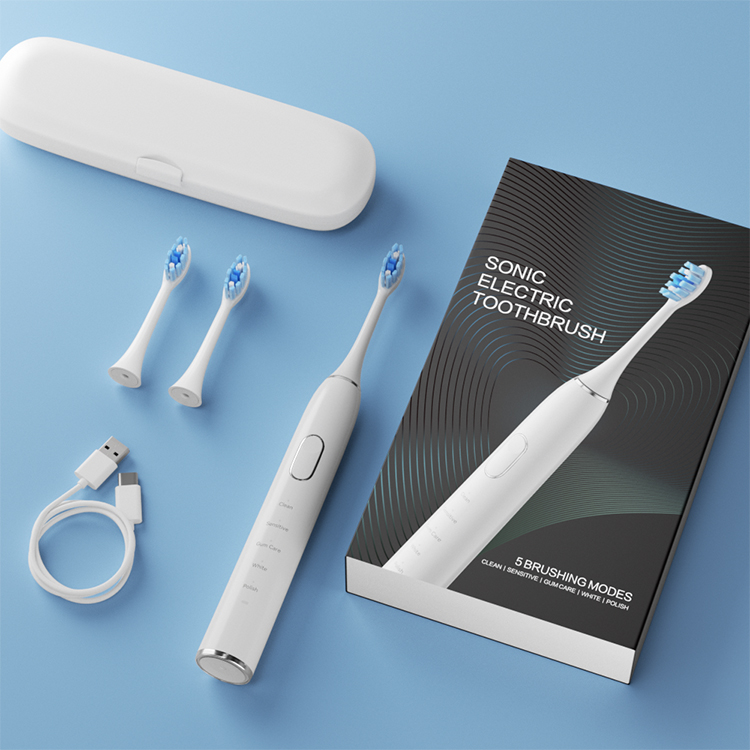
Why Should an Advanced Servo Motor System Be the Core of Your Custom Toothbrush Branding Strategy?
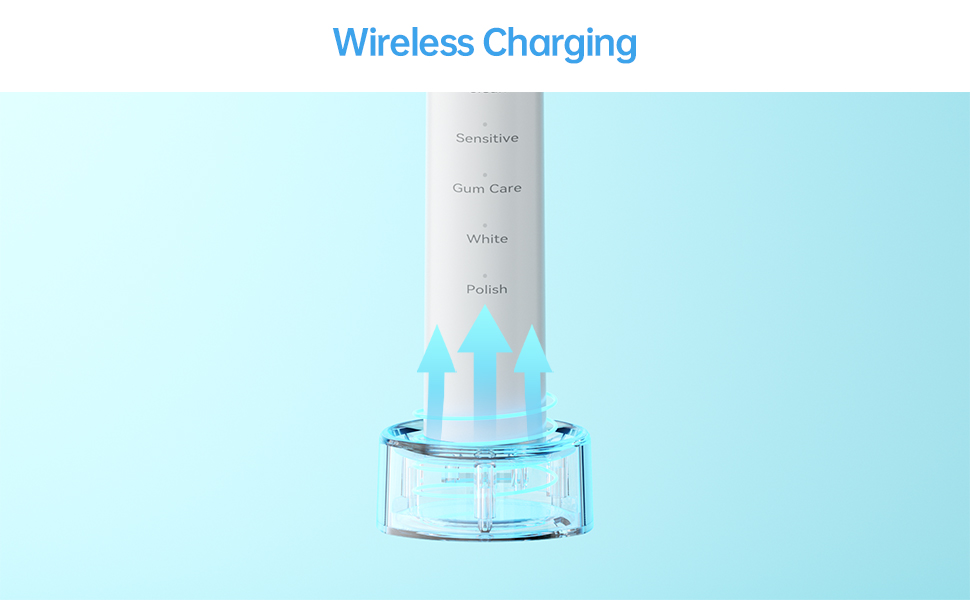
Life Expectancy of an Electric Toothbrush: OEM Quality Considerations
.jpg)
How often should you change your brush head for optimal cleaning?
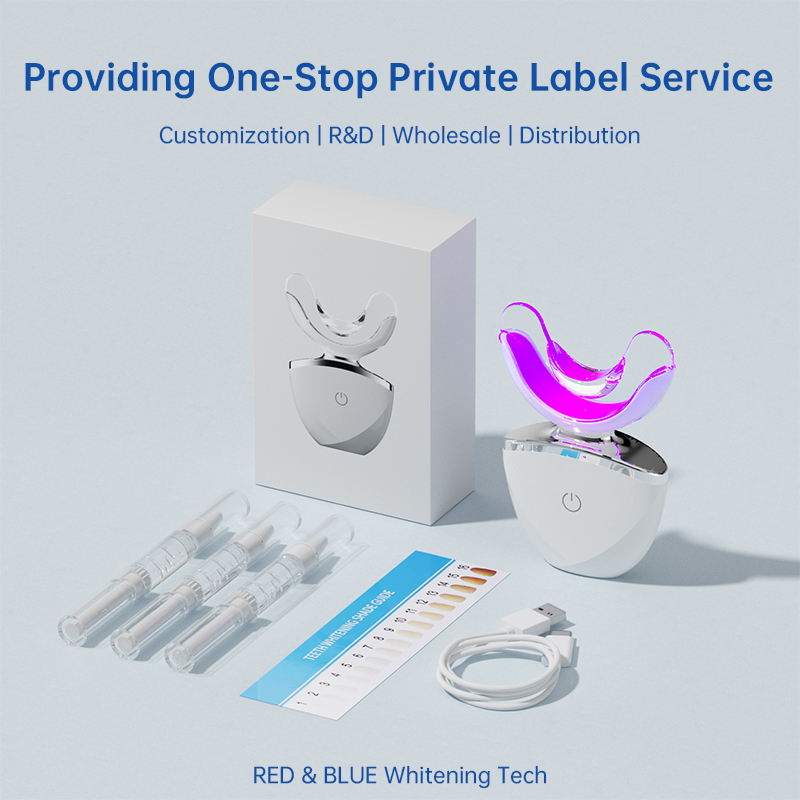
Capitalizing on the LED Oral Care Boom: Essential Market Insights for Brands
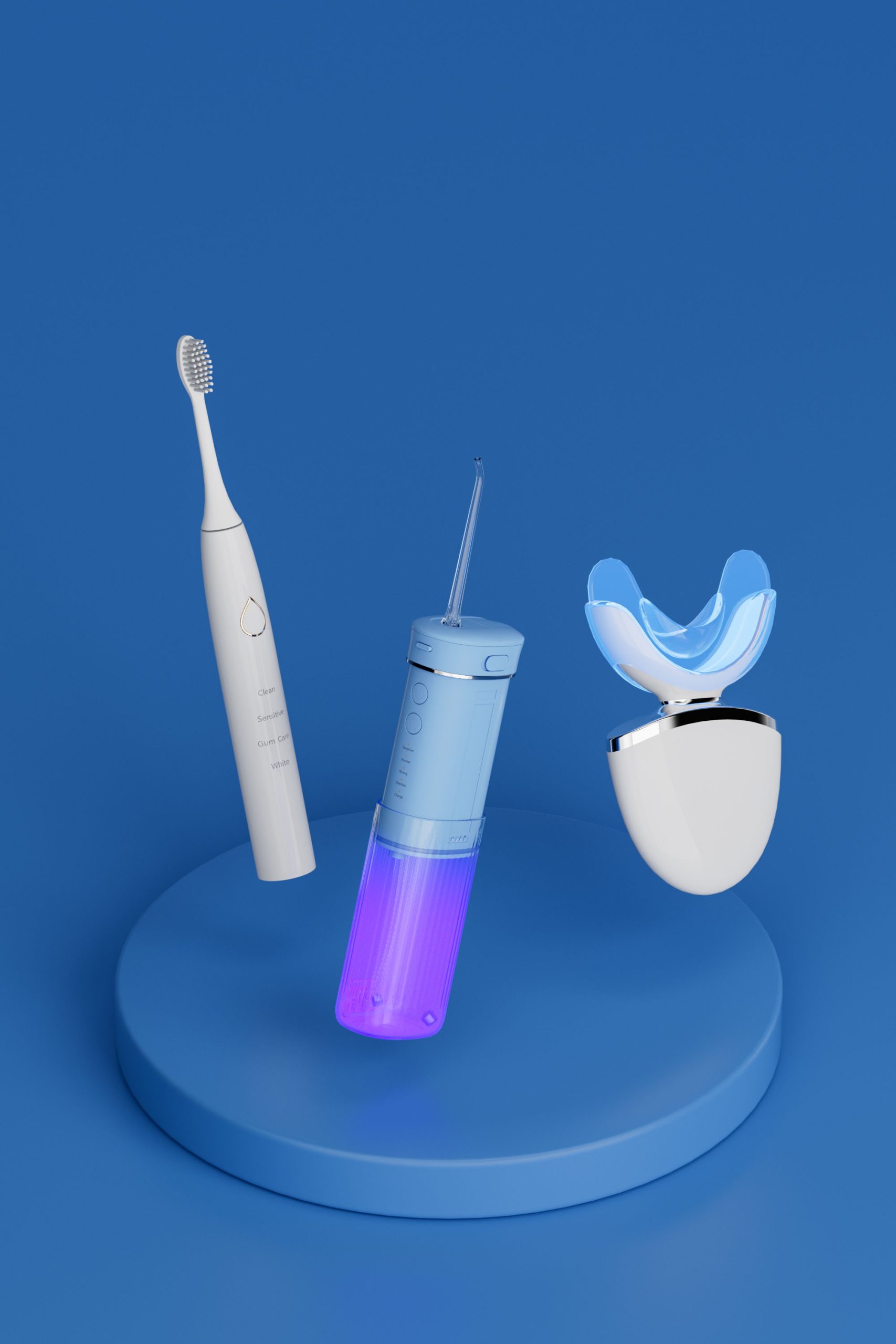
Benefits of Red & Blue Light Technology in Professional Teeth Whitening Kits
Electric Toothbrush for Orthodontists Wholesale | Professional Dental Supply
Adapter Overheating Causing Sinus Discomfort?
Where to Source Dental Lab Supplies?
.jpg)
Best Electric Toothbrush for Sensitive Teeth in New York?
BPA Free Electric Toothbrush Bulk Supply | Health-Focused OEM Solutions
Seal Degradation Plus Circuit Corrosion – Linked Failure?

Choosing Electric Toothbrush Handle Processes: An OEM Guide to Cost vs. Quality
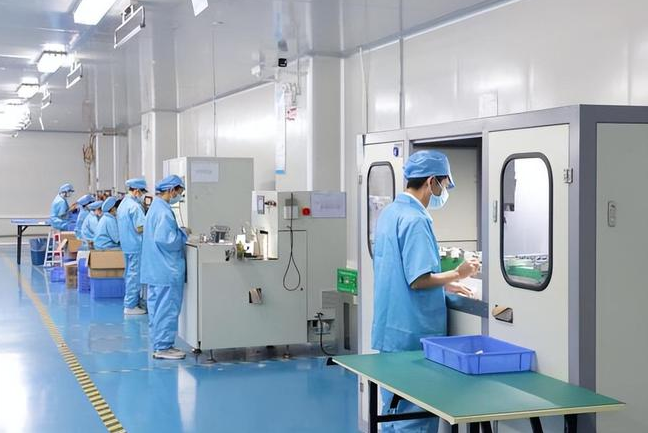
Why Does My Electric Toothbrush Suddenly Stop Working?
.jpg)
Do Water Flossers Actually Remove Hard Plaque? An OEM Manufacturer’s Insight
Nozzle Clogging Plus Tray Deformation – Design Flaw?
Texas electric toothbrush distributor

Electric toothbrush heads Charcoal Infused-Diamond

electric toothbrush heads Charcoal Infuse-Round

Customization Teeth Whitening Gel
.jpg)
Florida Electric Toothbrush – Powsmart PTR-C8

electric toothbrush heads Ultra Soft

Private Label Whitening Gel

electric toothbrush heads Regular Clean

electric toothbrush heads Deep Clean
whstapp
whstapp
National Toll-Free Service Hotline
+86 755 86238638